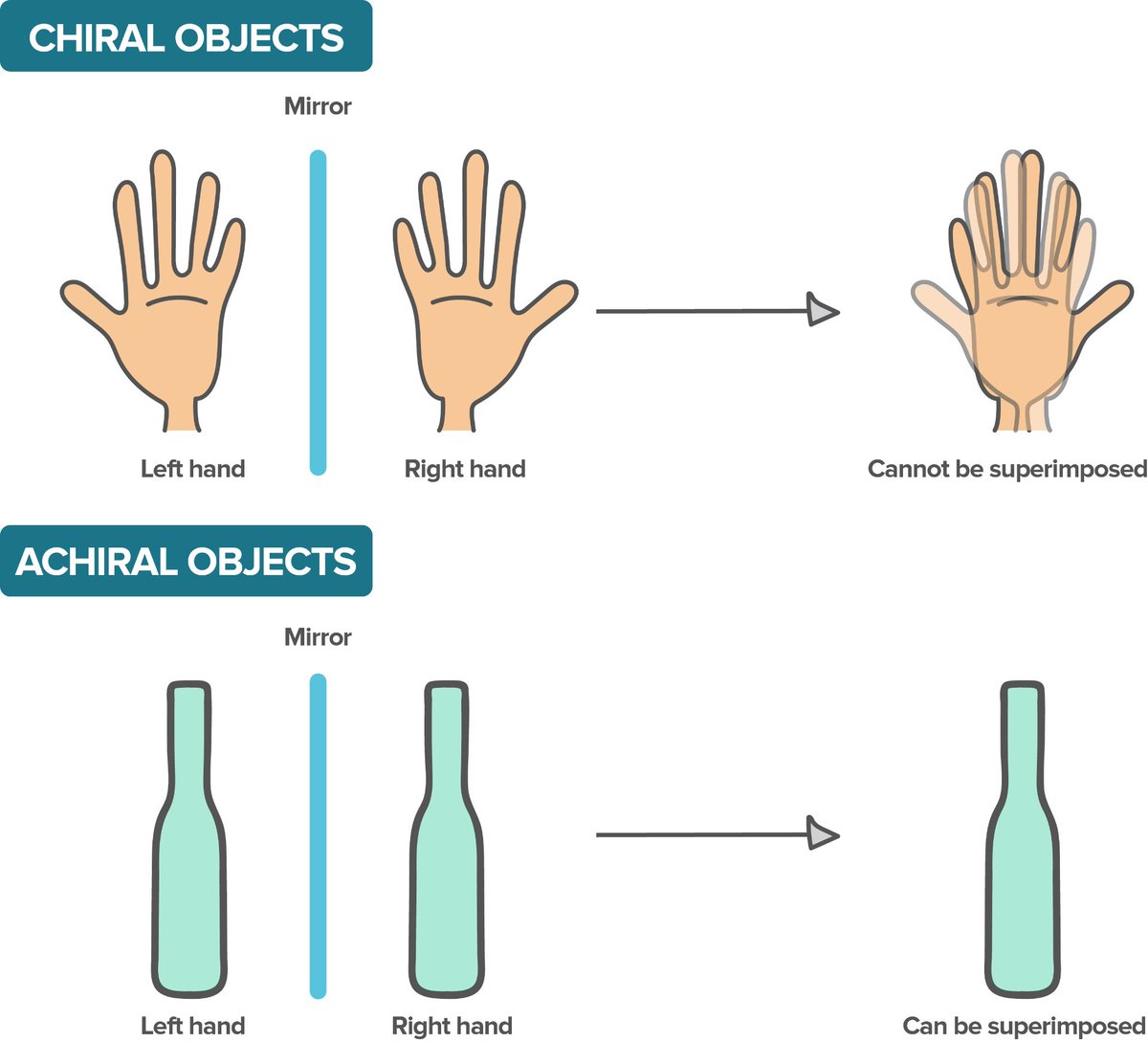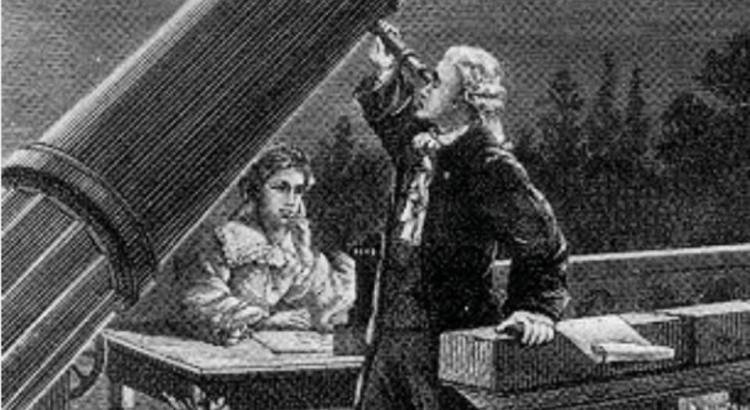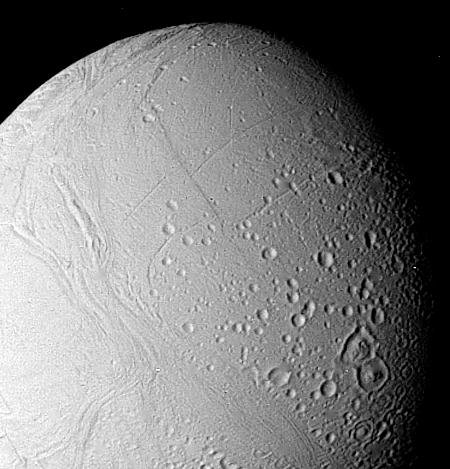
Today I’ll be working on some research for the big Mars exhibition! As I said yesterday, I’m working on researching how people have been imaging the Red Planet throughout history.
Today we have orbiters circling Mars and rovers that take pictures of the surface. But the history of imaging Mars stretches back centuries, from depicting Mars in art to the canals people thought they saw on the planet.
What are some of your favourite images of Mars and why?
Time for a detour to talk about imaging and imagining Mars!
First, a disclaimer: much of the historiography (ways that historians write about history) of science - including the history of imaging - is WEIRD.
There are a couple of different ways that people generally do historiography of science:
1) an “old-fashioned” view aimed at getting to the “right answer” of how we do science today
2) a view that looks at what would have been the research at the time
1) an “old-fashioned” view aimed at getting to the “right answer” of how we do science today
2) a view that looks at what would have been the research at the time
1) is not great history because it tries to reconstruct the past through the lens of the present. 2) is better and more interesting history but is less accessible
I want to move beyond the “old-fashioned” historiography of saying “the ancients did this, then now in the modern day we do this”.
Still, today we have a crucial piece of tech that the ancients didn’t: the telescope.
• • •
Missing some Tweet in this thread? You can try to
force a refresh













